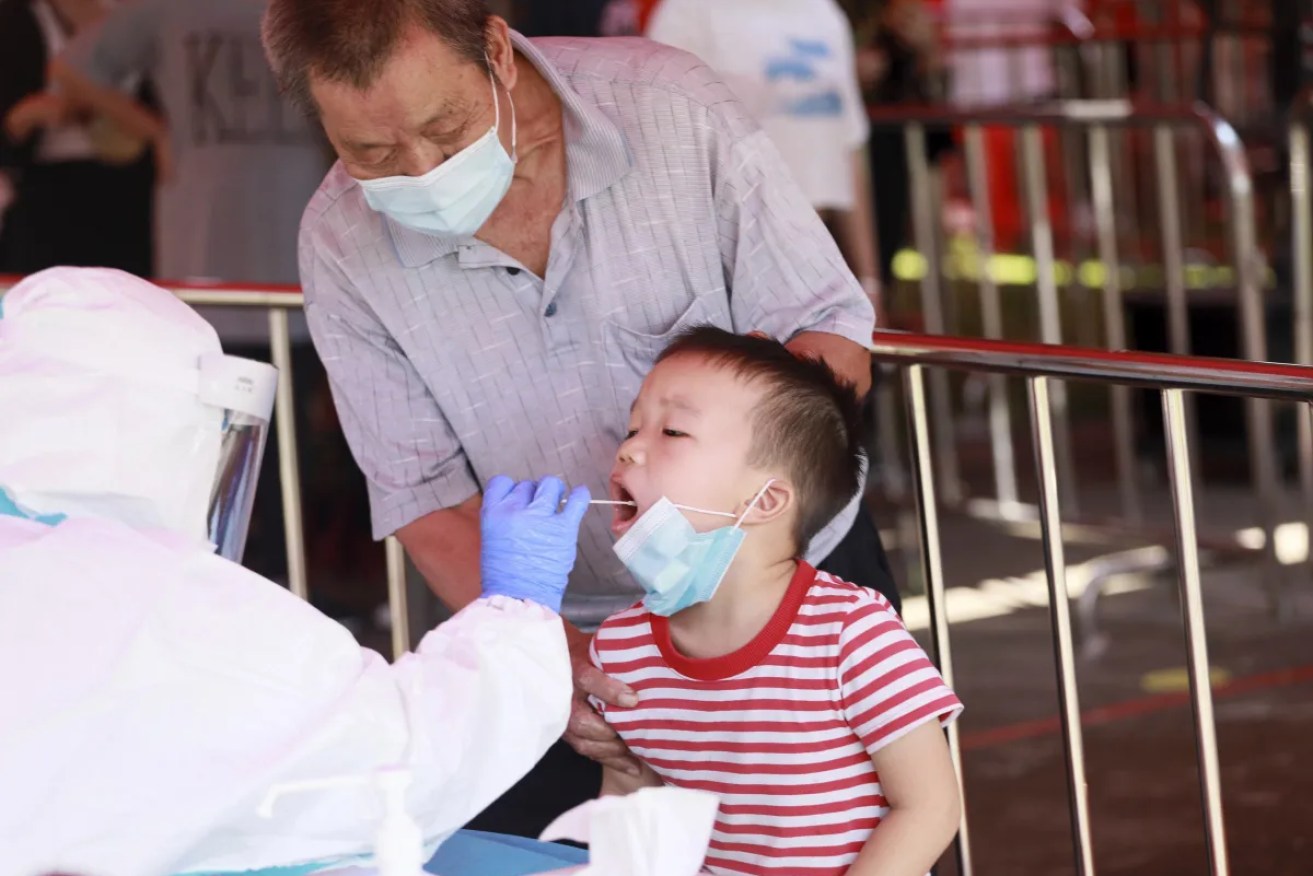No ‘unusual’ viruses: Everything we know about China’s spike in respiratory illnesses


Chinese children are having a rough start to the flu season. Photo:AP
China has told the World Health Organisation (WHO) it has not detected any “unusual or novel” pathogens following a spike in respiratory illnesses and clusters of pneumonia in children.
Data handed over to WHO by Chinese health authorities showed an increase in outpatient consultations and hospital admissions of children due to pneumonia and other respiratory viruses such as RSV and the flu over the past few months.
Chinese authorities attributed some of this rise to enhanced outpatient and inpatient surveillance implemented since mid-October.
They reported no changes in disease presentation.
Reports that an increasing number of children were being affected by respiratory diseases initially sparked concern given the general consensus the COVID-19 pandemic originated in Wuhan, China.
WHO said it is “closely monitoring the situation” of the recent increase in respiratory illnesses’, and is in close contact with China’s national authorities.
What diseases are spiking in China?
Chinese health authorities have reported an increase in Mycoplasma pneumonia since May, and RSV, adenovirus and influenza virus since October.
Mycoplasma pneumonia and RSV can affect anyone, but are known to be particularly common in children and young adults.
Mild and deadly coronaviruses existed before COVID-19 broke out in 2019, but the current outbreak of respiratory illnesses don’t appear to contain any mutations of the known diseases
Since mid-October 2023, WHO has been monitoring data from Chinese surveillance systems that have been showing an increase in respiratory illness in children in northern China.
Today, WHO held a teleconference with Chinese health authorities in which they provided requested data… pic.twitter.com/lkO22QrelQ
— World Health Organization (WHO) (@WHO) November 23, 2023
“Chinese authorities advised that there has been no detection of any unusual or novel pathogens or unusual clinical presentations, including in Beijing and Liaoning, but only the aforementioned general increase in respiratory illnesses due to multiple known pathogens,” WHO said.
“They further stated that the rise in respiratory illness has not resulted in patient loads exceeding hospital capacities.”
Should the world be concerned?
While some of the viruses have spiked unusually early in the season – China will enter winter next month – WHO said the results are similar to what other countries saw after lifting COVID restrictions.
China lifted strict COVID conditions in December 2022, about 10 months after Australia.
Australia saw similar spikes in RSV and the flu after opening borders and abandoning mask mandates in 2022.
Years of COVID restrictions in China meant young children spent much of their life without exposure to pathogens which would have otherwise boosted their immunity to common diseases, Deakin University Faculty of Health epidemiology chair Catherine Bennett said.
Given these circumstances, she said the rise of infections in children was unsurprising in the country’s first post-COVID restriction winter period.
“A drop in immunity against common pathogens can lead to both more infections, and more severe disease when an infection occurs. The combination of both can lead to substantial rises in the number of people in hospital with infections,” Bennett said.
“The main concern is if the rise in childhood pneumonia were to indicate a new pathogen, or new levels of disease severity.
“So far we have not heard reports of either, but it is important that the source of infection can be confirmed to rule out these concerns, and any possible implications outside of China.”
WHO has not recommended any measures for people in China other than usual steps taken during the cold and flu season, such as getting vaccinations, to stay home if sick, to keep distance from other people that may be sick, and to wear masks when appropriate.








